Introduction
Autism spectrum disorder (ASD) affects individuals in unique ways, impacting their perception of the world and interactions with others. The journey to understanding and identifying ASD can be challenging, but there are innovative projects and organizations working to make the process more inclusive and accessible. AutSPACEs, a community-led citizen science project, gathers real-world data to make public spaces more accommodating for those on the spectrum.
The Autism Community in Action (TACA) emphasizes the importance of early treatment following an accurate diagnosis, while NeuroQure aims to provide support shortly after birth. The Interagency Autism Coordinating Committee (IACC) collaborates with autistic individuals, parents, and stakeholders to enhance coordination and communication across federal agencies. With the evolving conversation around autism diagnosis, the importance of an accurate diagnosis is clear.
It serves as a significant underpinning for individuals, aiding in personal validation and societal acceptance. Through projects, organizations, and initiatives like AutSPACEs, TACA, and IACC, the future for autistic individuals and their families looks more hopeful as they navigate the complexities of autism testing and beyond.
Understanding Autism Testing
Autism spectrum disorder (ASD) affects how individuals perceive the world and interact with others. With around 90% of autistic people processing sensory information differently than non-autistic individuals, understanding and identifying ASD is vital. The journey to diagnosis can be challenging, but with innovative projects like AutSPACEs, which is co-designed by autistic individuals, the process becomes more inclusive and accessible. AutSPACEs is a community-led citizen science project that gathers real-world, qualitative data to help make public spaces more accommodating for those on the spectrum.
The Autism Community in Action (TACA), a national nonprofit organization, emphasizes the importance of early treatment following an accurate diagnosis. Behavioral therapies, which are more effective the earlier they begin, hinge on timely identification of ASD. NeuroQure, responding to the community's need for early diagnostic tools, aims to provide support to families shortly after birth, reducing the typically lengthy journey to a diagnosis.
Supporting these initiatives, the Interagency Autism Coordinating Committee (IACC), a federal advisory committee, strives to expedite progress in autism research and services. The IACC enhances coordination and communication across federal agencies, collaborating with autistic adults, parents, and stakeholders to reflect a diverse range of experiences and expertise.
As the conversation about autism diagnosis evolves, the autistic and neurodivergent community advocates for openness towards self-diagnosis due to the challenges in obtaining conclusive results from medical testing. Nonetheless, an official diagnosis can be a significant underpinning for many, aiding in personal validation and societal acceptance.
It's clear that an accurate diagnosis of ASD can be a turning point, allowing for effective interventions that profoundly impact a child's development. With projects like AutSPACEs and organizations like TACA and IACC working together, the future for autistic individuals and their families looks more hopeful, as they navigate the complexities of autism testing and beyond.
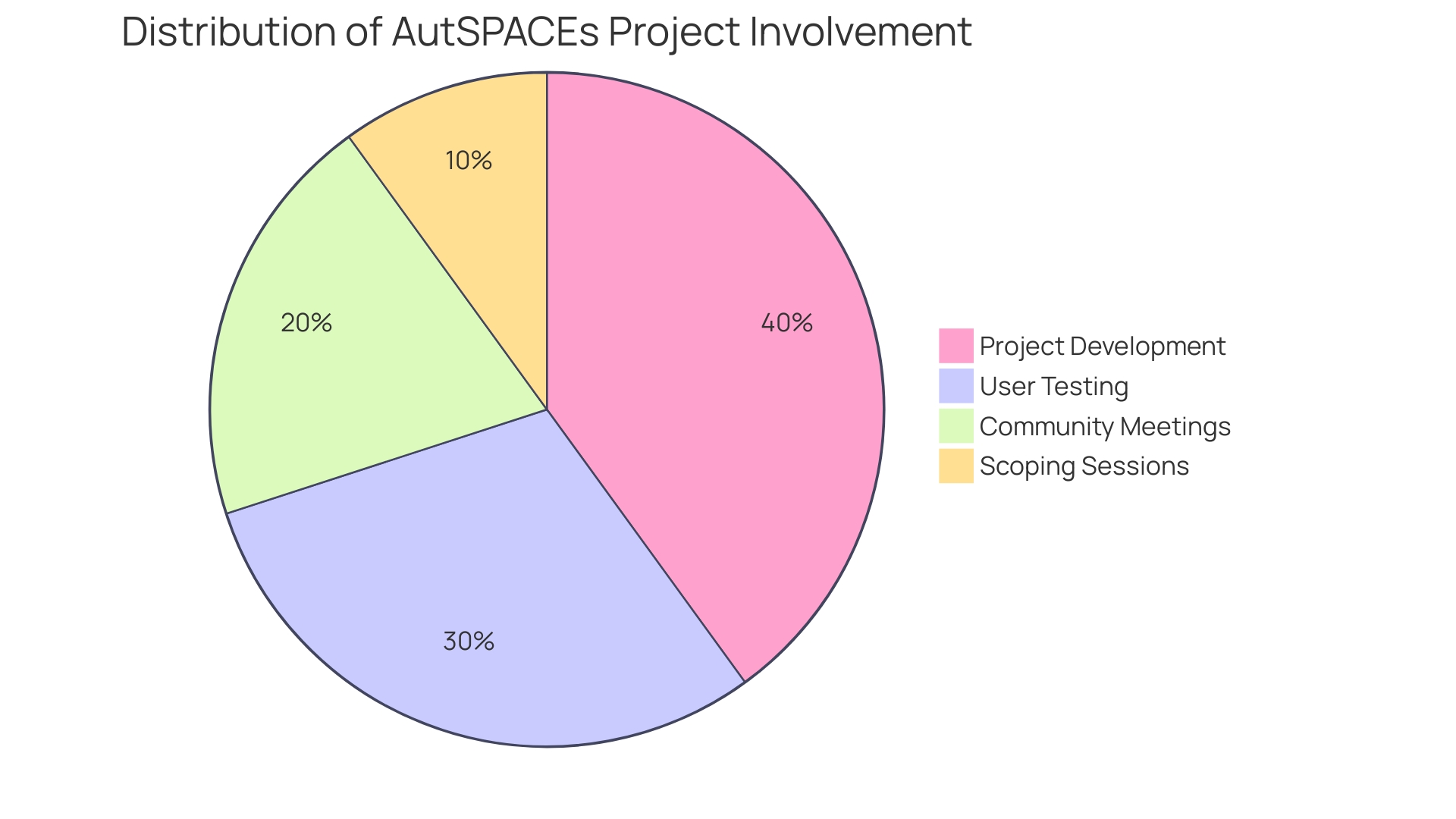
Understanding Autism Screening Tools
Grasping the range of autism screening tools is crucial for the early detection of autism spectrum disorder (ASD). These instruments are the first step in a nuanced process, helping to pinpoint early behaviors and symptoms associated with autism. Healthcare professionals utilize an array of screening tools, such as the newly developed SenseToKnow app, which employs a tablet's sensors to monitor a child's response to stimuli such as movies and games designed to elicit autism-related behaviors. This innovative tool captures a broad spectrum of behaviors, including facial expressions, gaze patterns, head movements, and motor skills. Eye-tracking technology is another emergent method providing objective data on the development of autism in children by observing their eye movements.
Research underscores the significance of these tools, as early intervention can greatly improve outcomes. According to The Autism Community in Action (TACA), starting behavioral therapy early can lead to better long-term results. Traditional diagnostic methods often yield results too late, underscoring the need for tools like SenseToKnow and NeuroQure, which aim to reduce the time to diagnosis from years to just weeks after birth.
Studies employing machine learning, such as the AutMedAI model, have shown an impressive ability to identify ASD in children under two years old with around 80% accuracy. This is achieved by analyzing a combination of developmental parameters, offering a glimpse of the future of autism diagnosis. Such advancements highlight the ongoing efforts to refine our approach to autism screening and ensure families have access to support services at the earliest possible stage.
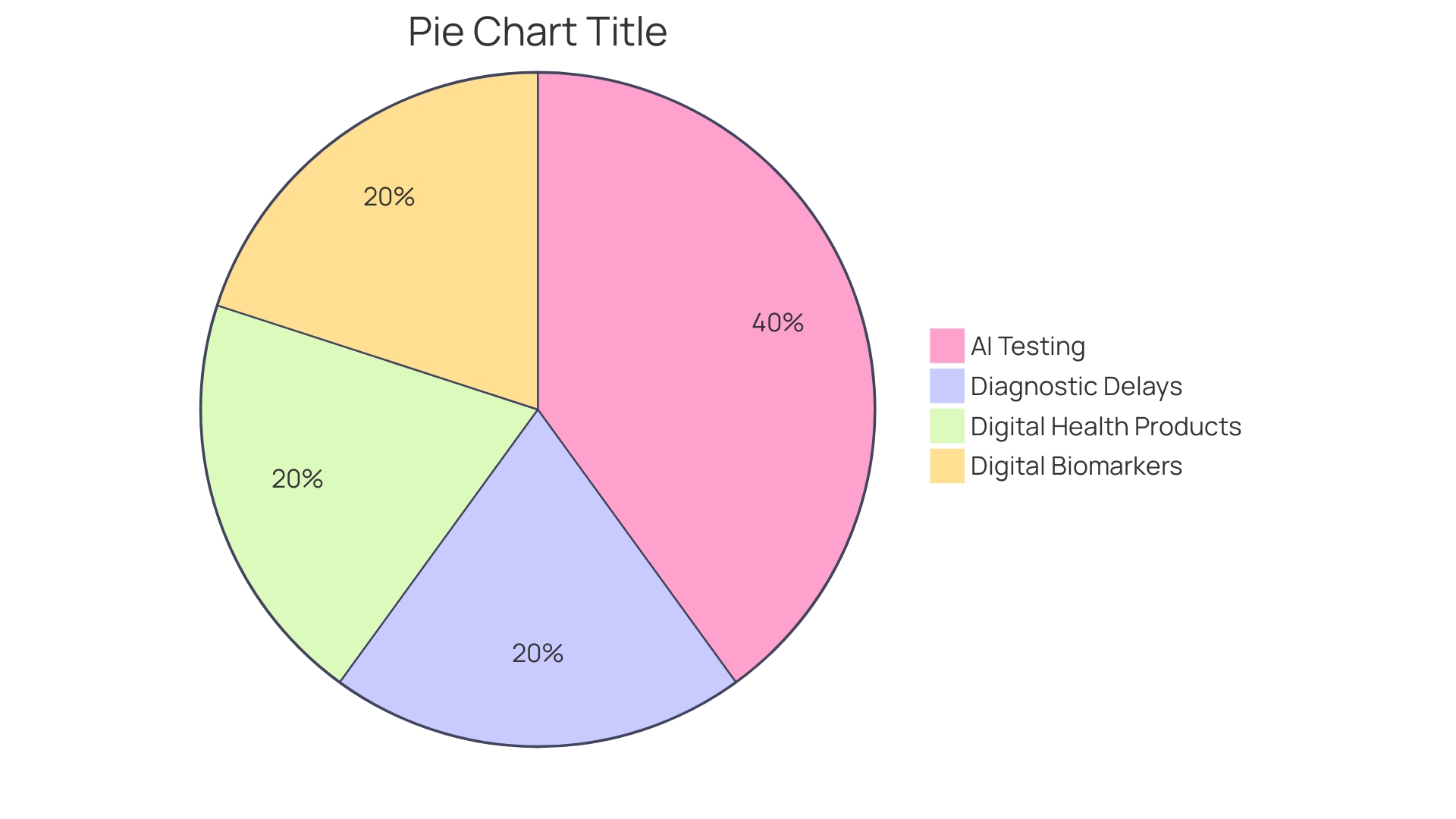
Types of Autism Screening Tools
Autism Spectrum Disorder (ASD) manifests in a myriad of ways, affecting individuals differently and with varying degrees of impact. This spectrum condition is characterized by distinct behaviors, often identified early in life, that influence communication, social interactions, and learning. With prevalence estimates as high as 1 in 36 individuals, early and accurate screening is pivotal. The Modified Checklist for Autism in Toddlers-Revised (M-CHAT-R) is one such tool, designed to discern early signs of ASD in toddlers through parental observations. The Social Attention and Communication Surveillance, Revised (SACS-R) and its counterpart for preschoolers, SACS-PR, focus on monitoring children's engagement and communication in naturalistic settings. The Social Challenges Screening Questionnaire (SCSQ) aids in identifying social and adaptive functioning difficulties, while the Autism Spectrum Quotient (AQ) Test quantifies autism-related traits in individuals across the lifespan.
Advancements in technology are revolutionizing autism diagnosis. Researchers at Duke University, for instance, have developed an app that leverages eye-tracking technology to observe and analyze children's gaze patterns, facial expressions, and motor skills during interactive tasks. This innovative method holds promise for enhancing diagnostic accuracy and accessibility. Such tools are crucial in the quest to 'make the race fair', as eloquently put by the late Dr. David (Dan) R. Offord, ensuring all children, especially those with ASD, receive the support they need for fulfilling participation in society. Additionally, the US Preventive Services Task Force (USPSTF) underscores the importance of evidence-based screening to improve health outcomes nationwide, emphasizing the need for clinicians to individualize care. With ongoing research and emerging technologies, early autism screening is becoming an integral part of routine pediatric visits, enabling swift referral to essential services and support.
The Evaluation Process for Autism
Following initial screenings, a thorough evaluation is necessary to confirm or rule out an autism diagnosis. This multifaceted process may include direct observation, structured interviews, and cognitive tests designed to evaluate behavior and abilities. The process is not only about identifying autism but also about understanding the individual's unique strengths and challenges. It's widely recognized that autism is a spectrum, affecting individuals differently and to varying degrees. The goal of this comprehensive evaluation is not just diagnosis but also to guide the development of personalized support strategies.
Understanding that every individual's needs and situations are different, some may choose not to pursue a formal diagnosis if it doesn't impact the support they require. The concept of self-diagnosis is accepted within the autistic community, acknowledging the complex and sometimes inconclusive nature of medical diagnoses. However, for those seeking a formal diagnosis, it can facilitate access to resources and tailored support that can be crucial for navigating daily challenges and enhancing quality of life.
The importance of identifying unmet needs and leveraging personal strengths is echoed by experts who emphasize that fostering a supportive environment is key to the mental health and equity of individuals with disabilities. In line with this, healthcare systems are evolving to better accommodate the diverse needs of patients. Innovations such as text-based pediatric care streamline communication between parents and healthcare providers, reducing the administrative burden and allowing for more focused patient care.
The process of diagnosis and subsequent support is continually improving, as seen through initiatives like the Interagency Autism Coordinating Committee (IACC) and updated guidelines for health professionals. These efforts demonstrate a commitment to enhancing understanding, support, and management for individuals on the autism spectrum across various aspects of life.
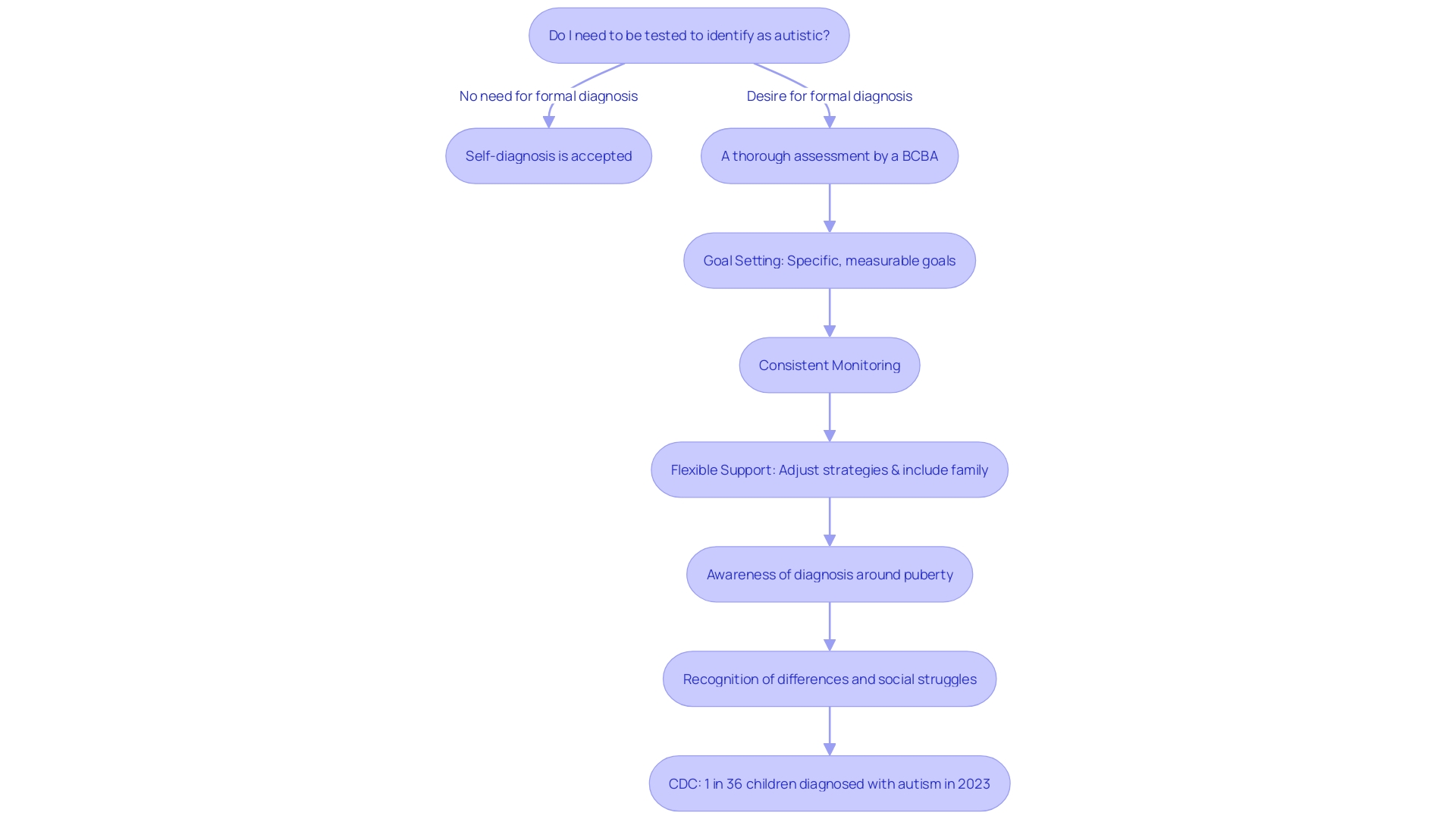
Observational Tests and Interviews
Observational tests and interviews are key components in the evaluation for autism spectrum disorder (ASD). These assessments delve into a child's behavior and communication, offering clinicians vital insights that go beyond what can be measured in a test. For instance, the Vineland Adaptive Behavior Scales is a tool that is used widely in autism research. It addresses practical aspects of daily life, from basic self-care to understanding complex concepts like money and time. According to analysis, about 90% of autism treatment studies use the Vineland to assess adaptive functioning. This consensus highlights its importance in providing a comprehensive view of a child's abilities.
Understanding the child's behavior in various settings is crucial for a fair and accurate diagnosis, aligning with Dr. David Offord's belief in creating an equitable 'race' for children with disabilities. Complementing parental insights, these observational methods help identify unmet needs and the unique strengths each child brings to their community. As research methodologies evolve, with randomized controlled trials becoming more prevalent, the goal remains to support children and their caregivers through evidence-based interventions. This ensures that every child, including those with co-occurring emotional and behavioral problems, can engage meaningfully in their schools and communities.
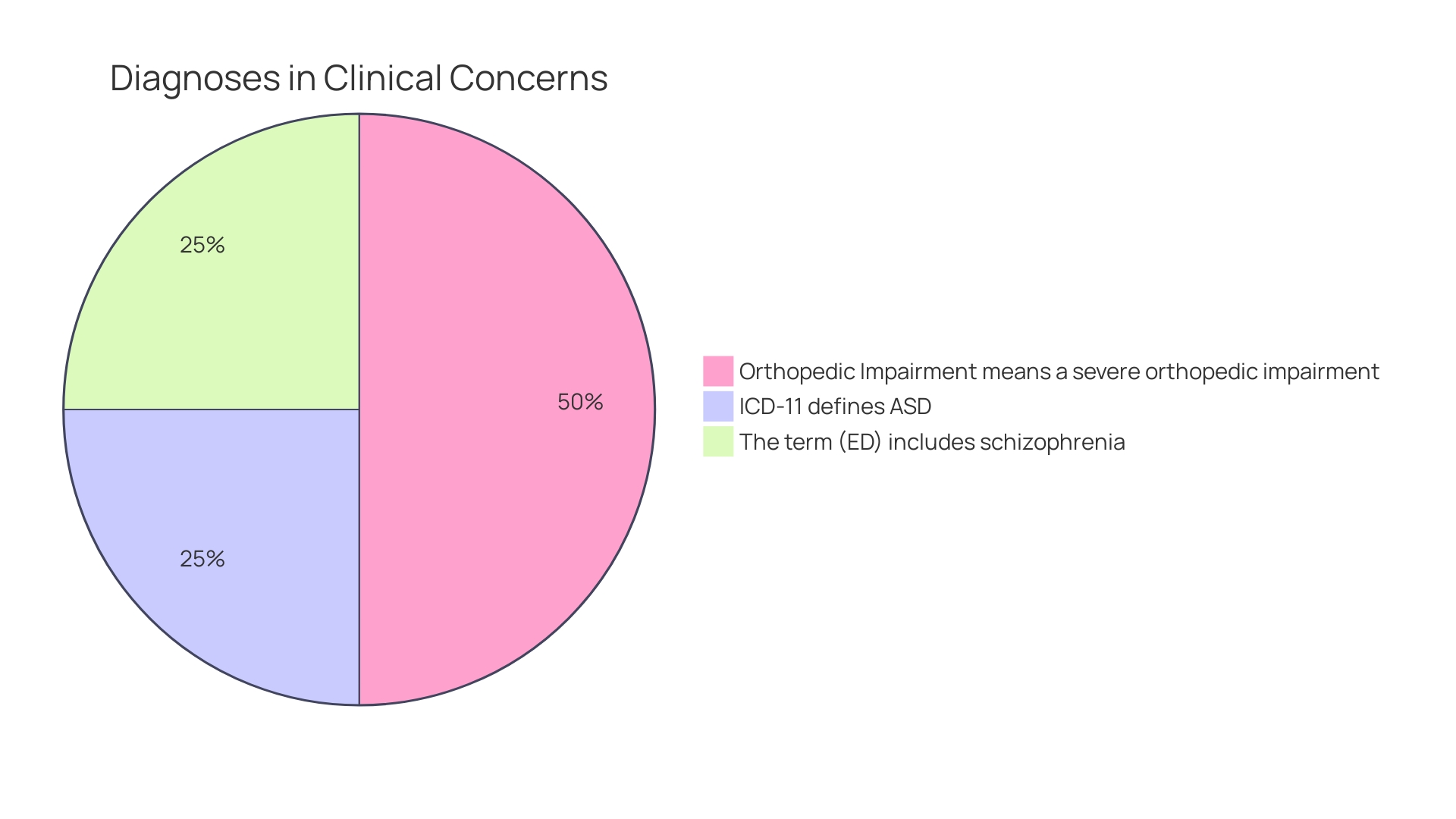
Structured Cognitive Tests and Developmental Assessments
Understanding the nuances of autism spectrum disorder (ASD) is critical for early intervention and support. To this end, cognitive tests and developmental assessments play a pivotal role in evaluating a child's cognitive abilities and developmental milestones. Among these, the Autism Diagnostic Observation Schedule (ADOS) and the Vineland Adaptive Behavior Scales (VABS) stand out as key instruments.
The ADOS is a structured assessment that observes social and communication behaviors associated with autism, providing insights that are vital for a reliable diagnosis. Similarly, the VABS measures adaptive behaviors including social, communication, and daily living skills, crucial for determining a child's functional capabilities.
Developmental scientists emphasize the importance of these assessments as they tap into latent variables or underlying qualities that are not immediately observable. For instance, early numerical skills identified through assessments can lay the groundwork for more advanced mathematical abilities, as they are cumulative and foundational.
Moreover, the accuracy of these testing tools is paramount, as any bias in measurement could lead to incorrect conclusions, especially when comparing participants with diverse backgrounds. Recognizing the significance of precise evaluation, the National Institute of Mental Health (NIMH) employs the Research Domain Criteria (RDoC), which examines mental disorders through various function processes such as cognition and social interactions. The RDoC's approach aligns with the goal of measurement in general, ensuring that assessments accurately reflect the child's capabilities.
The urgency for accurate and timely diagnosis is echoed by organizations like The Autism Community in Action (TACA), highlighting the transformative impact that early and effective intervention can have on a child's development. With technological advancements, tools like NeuroQure aim to dramatically shorten the diagnostic journey, offering timely support to families.
In line with this, recent innovations include the development of SenseToKnow, an app-based tool that uses movies to elicit and record behaviors associated with autism, which are then analyzed by AI algorithms. These modern approaches complement the traditional assessments, embodying the concerted efforts to refine the accuracy and efficacy of autism diagnosis.

Importance of Experienced Clinicians
Selecting an adept clinician for autism evaluation is more than just a crucial step; it's a foundational one. The diagnostic journey begins with an expert who can discern the subtle nuances of autism spectrum disorder (ASD) through a combination of parental insights and clinical observations. The DSM-5 offers a structured framework for this assessment, ensuring that no single tool overshadows the multifaceted approach required. Specialists, be they neurodevelopmental pediatricians or child neurologists, bring a wealth of experience to the table, navigating the complexities of ASD with precision.
The significance of this expertise cannot be overstated, especially when considering the profound impact an accurate diagnosis can have on a child's trajectory. TACA's efforts to streamline the diagnostic process underscore this, aiming to introduce interventions like behavioral therapy as early as possible to optimize outcomes. NeuroQure's advancements echo this sentiment, striving to truncate the arduous journey towards diagnosis from years to mere weeks.
It's about harnessing a holistic approach that values professional credibility, lived experience, and a data-driven methodology. Engaging a specialist is more than seeking an evaluation—it's about forging a partnership founded on trust, communication, and a shared commitment to the child's well-being. This collaborative spirit is reinforced by experts like Nordahl, whose pioneering work at the MIND Institute exemplifies the blend of technical skill and deep empathy required to support neurodiverse individuals effectively.
As we confront the rise in mental health challenges and the evolving landscape of ASD diagnosis, the call for cultural sensitivity and a deeper understanding of neurodiversity becomes louder. It's a call to action for all involved—families, clinicians, and the broader community—to champion early detection and embrace the diversity of the autism spectrum with open arms and minds.
What to Expect After Screening and Evaluation
After your child's autism screening and evaluation, it's crucial to know the subsequent steps. Communication with your healthcare provider about the results is essential, as is exploring additional support services. Together with professionals, you can craft a tailored plan that addresses your child's unique needs. Remember Dr. David (Dan) R. Offord's words that equitable participation in school, home, and community life is key to mental health and a just society. This is particularly true for children with autism, who may face co-occurring challenges such as emotional and behavior problems. The diagnosis process, while guided by standardized criteria from the DSM-5, is multifaceted and should not rely on a single tool but include detailed observations and parental input. Post-diagnosis, it's important to look into resources like the IACC and organizations like TACA, which underscore the importance of early intervention and offer support. They advocate for a fair 'race' for our children by providing the necessary tools and support systems to ensure their full participation and well-being. Additionally, state-specific Medicaid plans can offer customized approaches to handle challenging behaviors and access to care. With the understanding that autism affects 1 in 36 individuals, the stakes are high for creating a supportive and fair environment where every child can thrive.
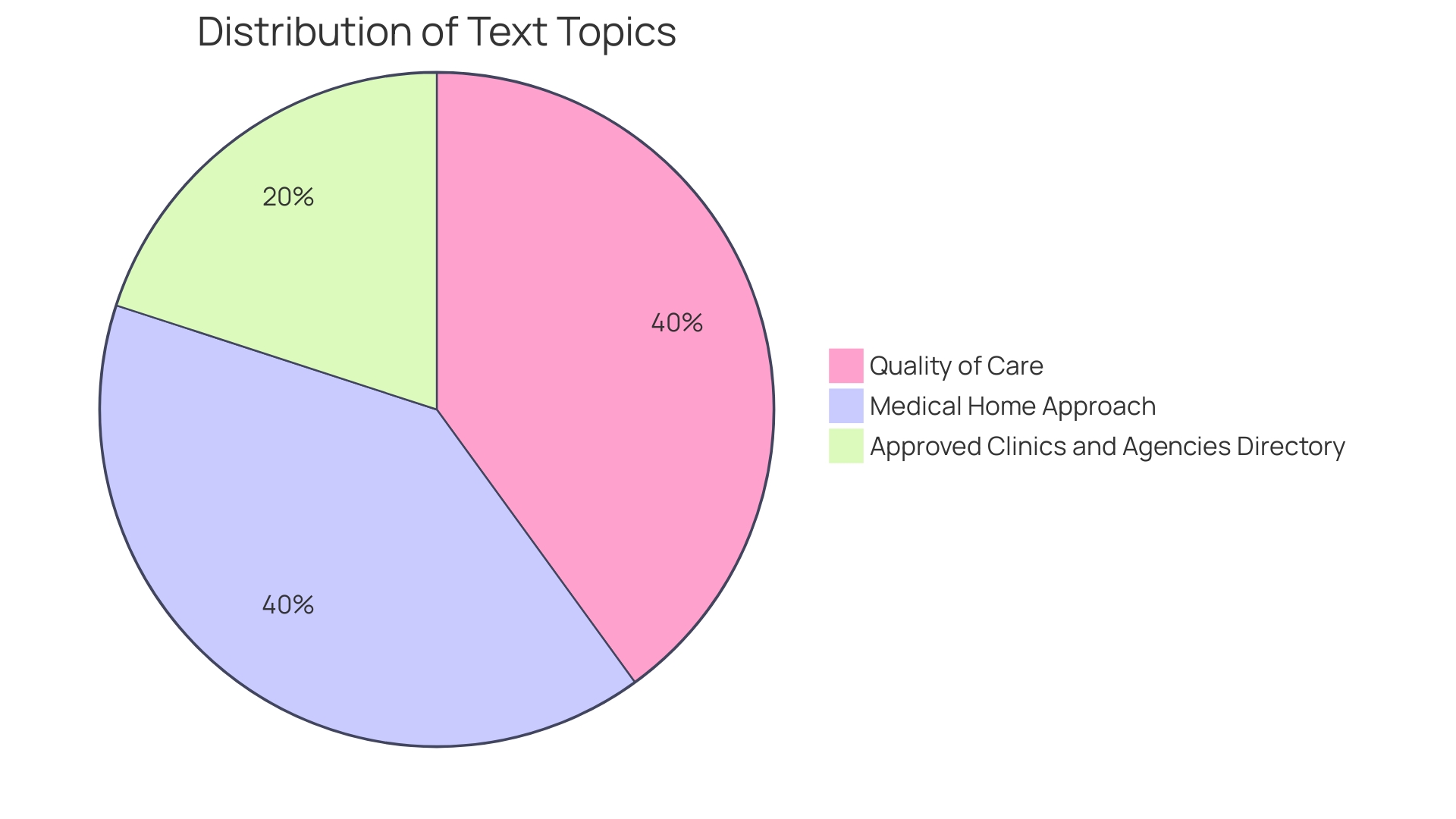
Next Steps and Resources for Support
Navigating life after an autism diagnosis can be a challenging yet critical journey for families. Empowerment comes with the right support and resources, which encompass a variety of therapy options and educational tools tailored for children with autism. These supports are designed to foster progress and enrich the lives of these children in their homes, schools, and communities. Notably, children with complex needs, such as those with severe mental health difficulties or behaviors posing risks, require comprehensive care from a myriad of professionals. Case studies have shown that more than 90% of local authorities encounter difficulties in sourcing suitable homes for such children, highlighting the need for effective practices that ensure positive outcomes.
Staying informed about new medical findings, treatments, and therapies is essential. Parents and caregivers bear the responsibility of understanding their child's medications, assessing the benefits versus risks, and monitoring behavioral changes. The internet, while a rich information resource, must be used discerningly, cross-referencing with experts to sift through the overwhelming tide of stories and alternative treatments. As Kelley Coleman, author and parent to a disabled son, emphasizes, it's about navigating the essential systems, services, and supports with knowledge.
Visual stories and detailed information from reputable mental health charities can demystify conditions like Obsessive Compulsive Disorder (OCD), often confused with repetitive autism behaviors. These resources serve as a guide for creating personalized narratives to elucidate various mental health aspects for better understanding. Moreover, organizations like Through the Looking Glass (TLG) exemplify the dedication to empowering families affected by disability through their resource-centric services.
As Dr. David (Dan) R. Offord poignantly stated, every child deserves a fair race in life. A fair race includes recognizing unmet needs, harnessing community assets, reducing stressors, and ensuring that caregivers have the support necessary for nurturing healthy development. Autistic children, especially those with concurrent emotional and behavioral problems, are at a higher risk of social exclusion. It is our collective responsibility to ensure their inclusion and support their journey towards mental well-being and equity in society.
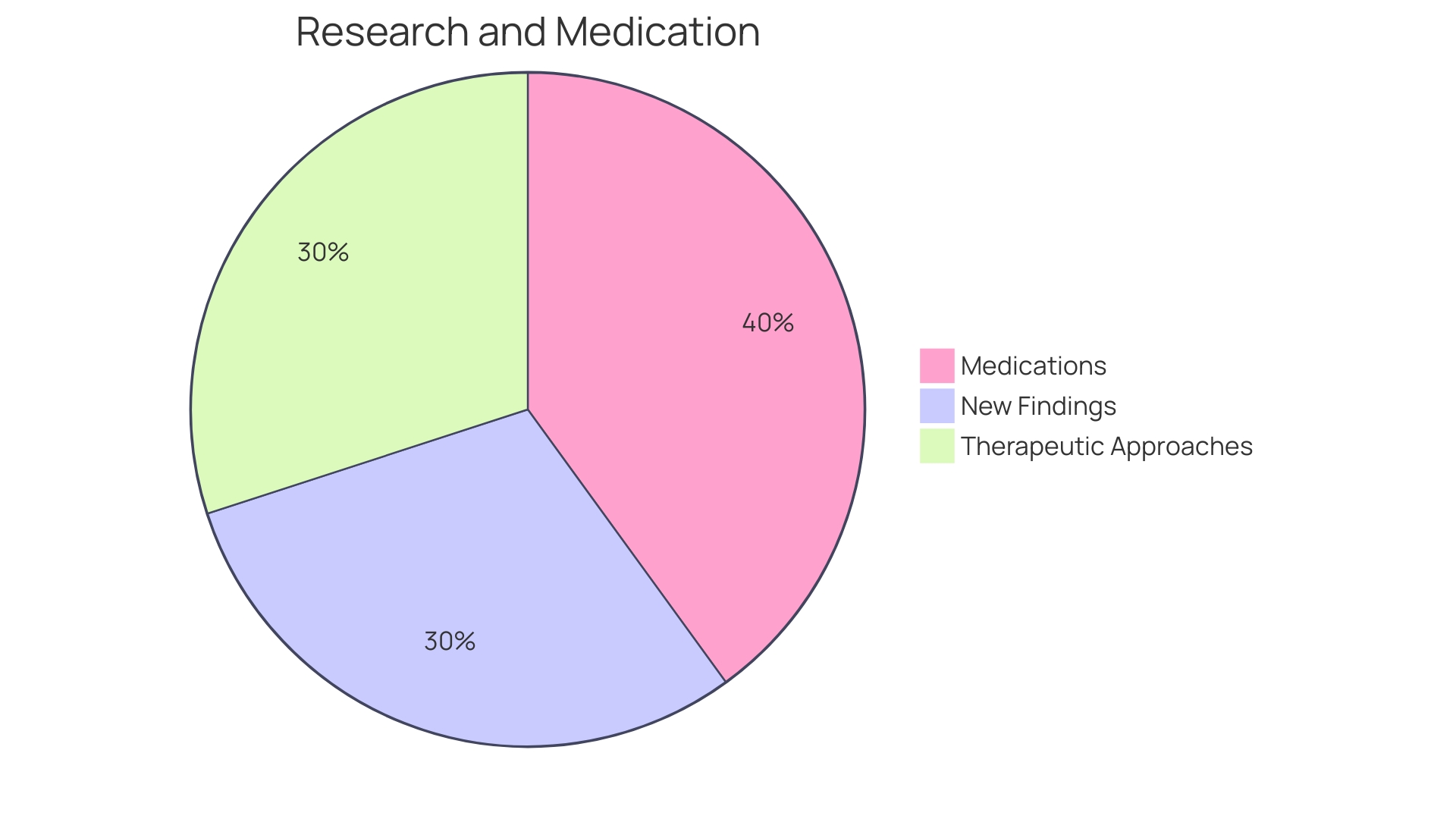
Conclusion
In conclusion, the journey to understanding and identifying autism spectrum disorder (ASD) can be challenging, but there are innovative projects and organizations working to make the process more inclusive and accessible. AutSPACEs, TACA, and IACC are examples of initiatives that aim to improve the lives of autistic individuals and their families.
An accurate ASD diagnosis is crucial, providing personal validation and societal acceptance. It allows for effective interventions that profoundly impact a child's development. With AutSPACEs, TACA, and IACC collaborating, the future for autistic individuals looks more hopeful as they navigate the complexities of autism testing.
Understanding the range of autism screening tools is essential for early detection and intervention. Innovations like SenseToKnow and eye-tracking technology offer promising advancements in identifying ASD. Tools like the M-CHAT-R and AQ Test aid in discerning early signs of ASD and quantifying autism-related traits.
Selecting an experienced clinician for autism evaluation is crucial. Specialists bring expertise and a holistic approach to navigate the complexities of ASD. Collaborating with professionals and accessing resources from IACC and TACA can guide families in creating personalized support strategies.
After screening and evaluation, communication with healthcare providers and exploring additional support services is vital. Crafting a tailored plan for the child's unique needs is essential for equitable participation in all aspects of life. State-specific Medicaid plans and organizations like TACA offer customized approaches for handling challenging behaviors and accessing care.
Empowerment and support are crucial for families navigating life after an autism diagnosis. Therapy options, educational tools, and staying informed about medical findings are essential. Reputable mental health charities and organizations like TLG provide resources and services to empower families affected by disability.
By working together, embracing innovative projects, and supporting organizations, we can create a more inclusive and supportive society for individuals on the autism spectrum. Let us champion early detection, intervention, and equity for individuals with autism, ensuring their full participation and well-being.




